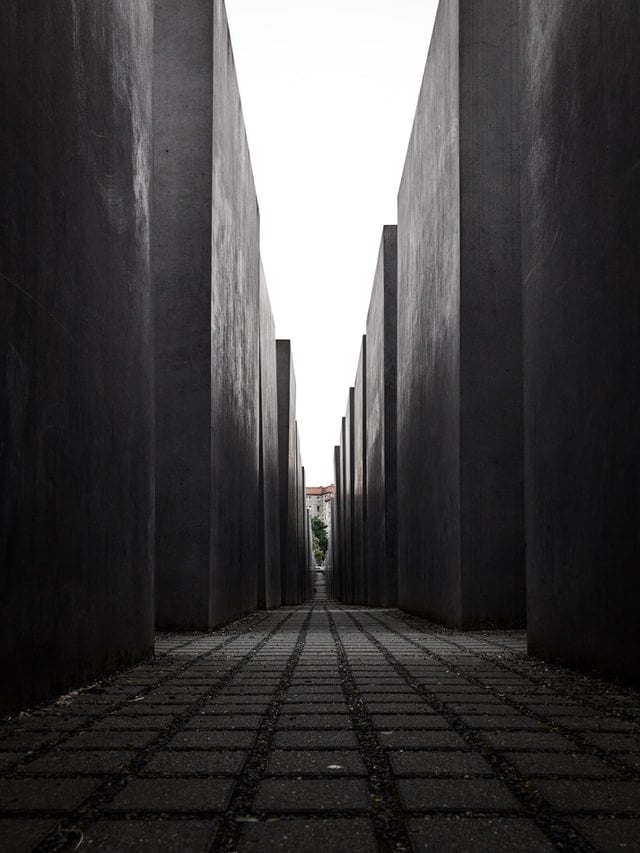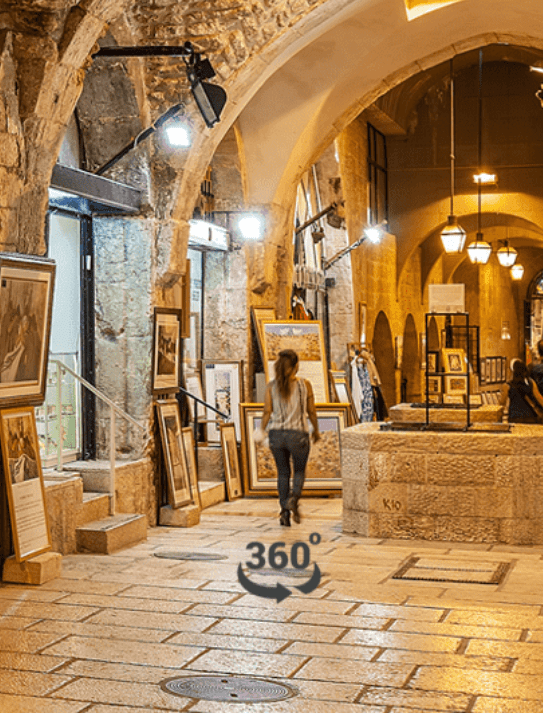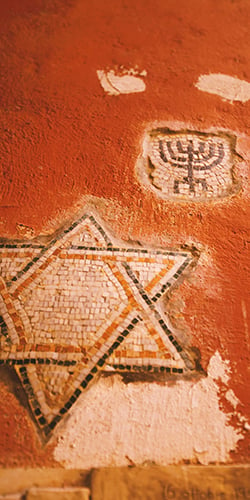The Jewish Story of Harbin, China
The city of Harbin is the capital of Heilung Kiang province in northern Manchuria, northeast China. The city's development began with the invasion of the Russians in Manchuria in the 19th century when the Russo-Manchurian treaty allowed Russia to build the Chinese Eastern railway. During this time Harbin became the center of the railway project and the chief engineer of the building board was a man named Alexander Yugovich who was born into a Jewish family but later converted to Christianity. When the line opened for traffic in 1903, many Russian Jewish families moved into Harbin where they were granted a better status than they had in Russia. The Karaites and Jews, both minority groups in the city, were granted plots of land on the outskirts of the city and were allowed to establish businesses.















